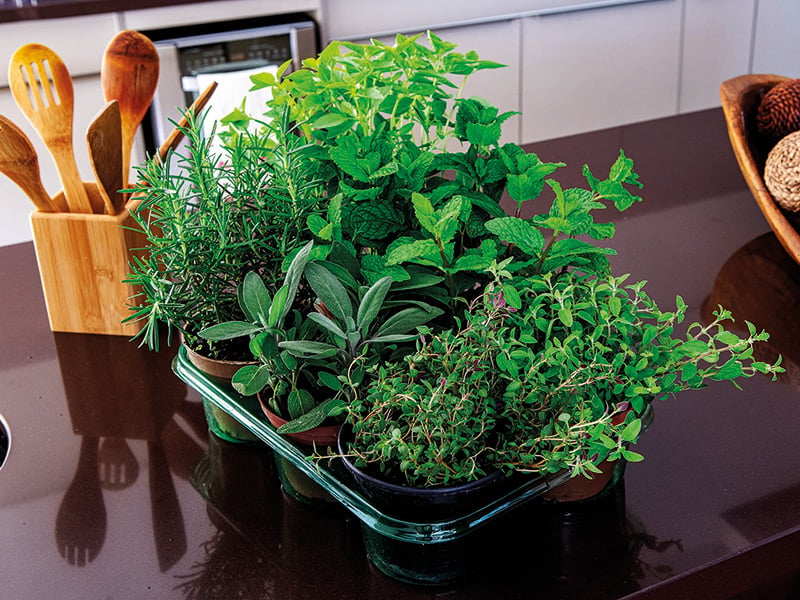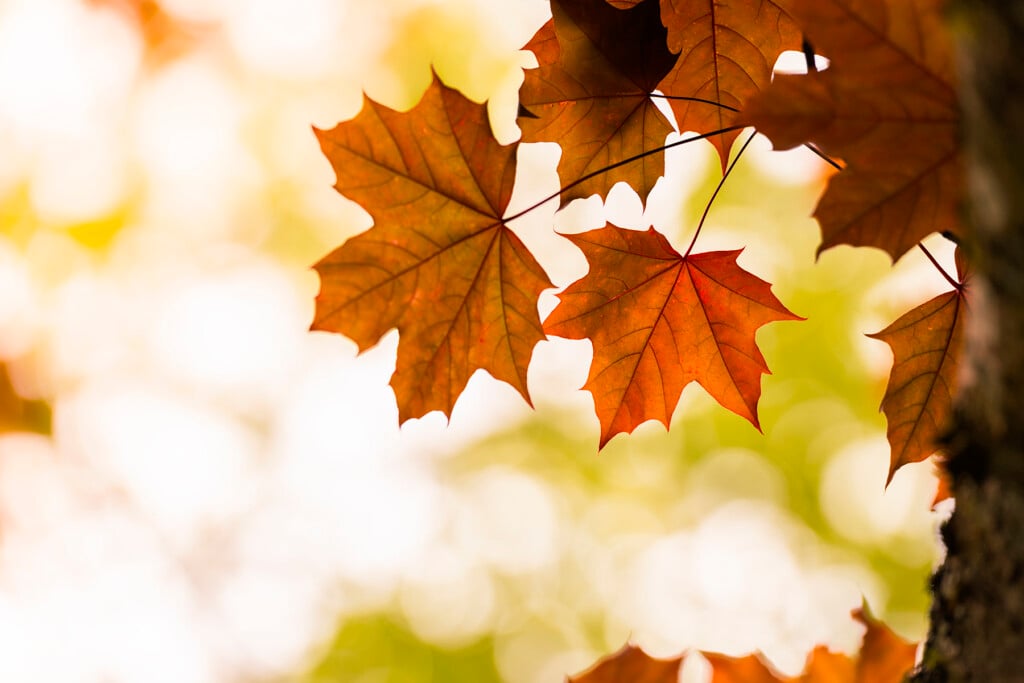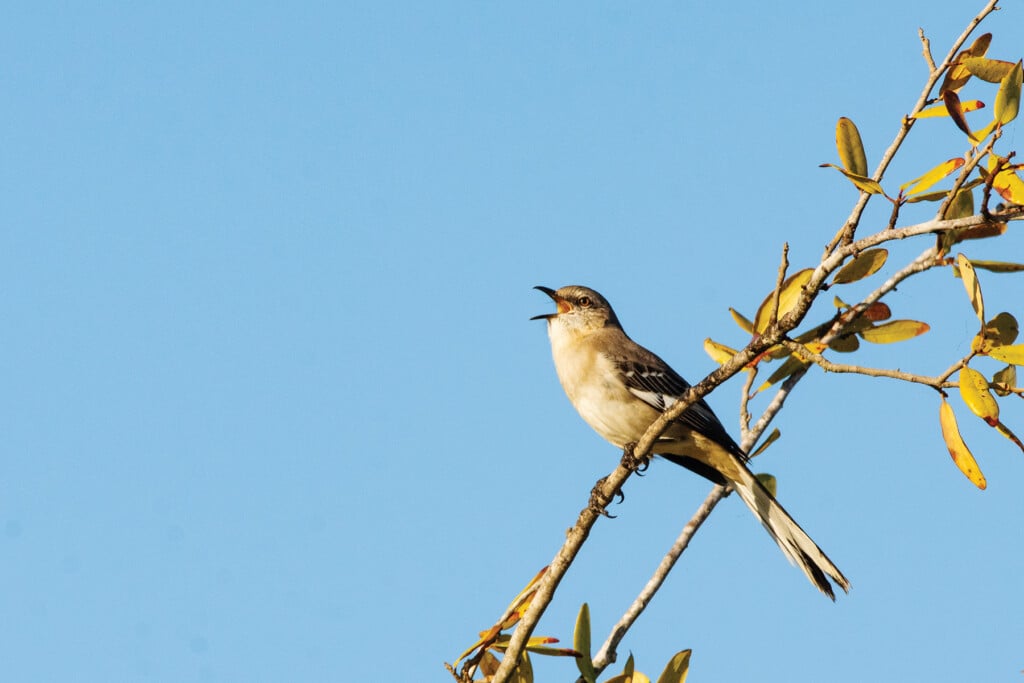From Garden to Garnish
Flavorful food is closer than you think

One way to add a distinct and unique touch to home cooking is through herbs.
These aromatic plants don’t just add exciting flavors to your food. They can also add captivating colors, textures and shapes to your living space.
While you can find these culinary enhancements at any supermarket, with some preparation and care, you can also grow them at home.
Perennial herbs are excellent candidates to use in the home landscape because they last three or more years, so you don’t have to replace them annually. Arrange them with traditional ornamentals with similar light, water and soil requirements for an elevated visual effect.
While perennial and biennial herbs last multiple years, annuals will bolt and die at the end of their growing season. The bolting process is when the plant sends up a bloom spike, produces seed and dies.
At this point in the annual herb’s existence, it’s no longer usable. If left in the garden, it might become feed for next year’s insect population, so remove it. At the first hint of decay and disease, destructive insects commonly attack. These opportunistic bugs will chew on chamomile, feast on fennel and gorge on ginger.
But hopefully, by this point, you’ve seasoned countless dishes with your herbs.

photos by iStock / Getty Images Plus: Tetiana Soares
Herb Appeal
The first step to any herb garden will be to choose the herbs you want to grow and establish them at the correct time of year. Many, such as basil, oregano, sage, edible ginger and rosemary, can be planted from March through June. Others, like Mexican tarragon and mint, can be started in North Florida from late summer to early autumn — just monitor them to ensure they don’t succumb to the season’s high temperatures or extended dry spells.
Once you’ve determined the herbs you want to grow, it’s time to gather your materials.
You can purchase seeds from any number of places, but try to buy them from a North Florida grower versus someone online. These seeds are far more likely to be accustomed to the local environment and produce superior yields. And don’t forget to check the germination test date or “sell by” date on the package. All seed lots in Florida must have been tested within a year.
Next, grab peat cups and starter mix, and plant your seeds in a site protected from temperature extremes, with proper watering and drainage.
If you’re an experienced gardener, you can try growing herbs from cuttings.
Remove a woody branch section from a plant about 6 inches long. Use rooting hormone on the clipped end to encourage root growth, and as with seeds, place the cutting in a peat cup filled with starter mix. Then, choose a growing site.
In-ground herbs flourish in well-drained soil with ample organic matter. Soil that remains soggy or saturated will encourage root rot and result in premature plant death. So, be mindful. But don’t be afraid to get creative!
Suburban Sun
Most herbs perform best in full sunlight — at least eight hours daily. However, due to the position of trees and structures relative to the sun’s movement across the sky, finding ample sun exposure on a typical suburban lot can be challenging. Some herbs can produce well with partial sunlight. Chives, comfrey and lemon balm will be in this group. But very few thrive in heavy shade. One solution is to grow herbs in pots. This option allows you to place a container in spots where it would otherwise be impracticable to cultivate the plants inground. For example, patios and porches are great locations for container-grown herbs. A 1-gallon pot is sufficient for most annual herbs. Perennial herbs, on the other hand, will require a larger container with more room for their root development. Simply water as needed, but remember: Containers can dry out quickly in the heat of late summer and early fall. Be aware that in-home herbs will likely require supplemental lighting to ensure success. Maintaining proper soil moisture can also be an issue, especially in air-conditioned enclosures.
Les Harrison is a retired University of Florida/Institute of Food and Agricultural Sciences Wakulla County extension director.


